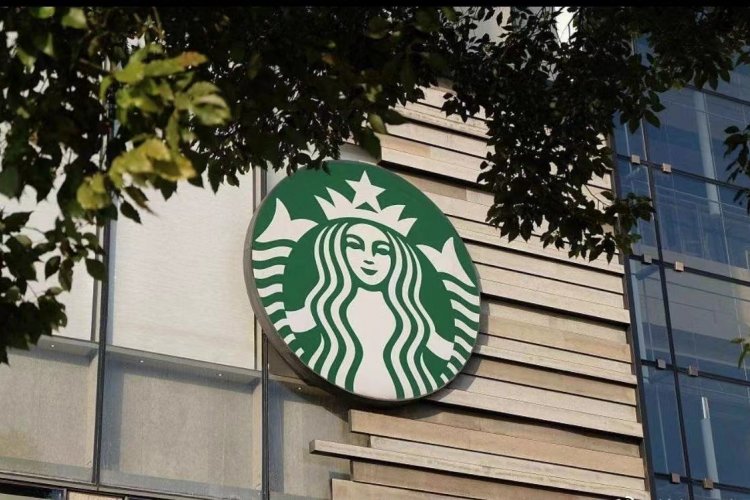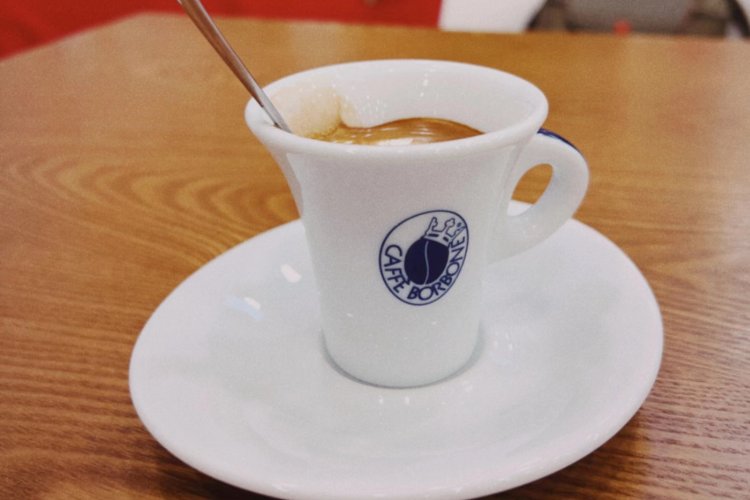Are People in China Falling Out of Love With Starbucks?
Starbucks have just announced their China sales for the last fiscal quarter and it isn’t good news for the coffee giant.
Starbucks’ comparable sales in China fell 29 percent in the last fiscal quarter, including a 42 percent decline in December. Although Starbucks’ sales were great in the US and all other parts of the globe, the decline in China sales -- their second largest market after the US – pulled their international comparable sales 13 percent lower.
A decline in China sales isn’t anything new, with Starbucks having reported repeated quarterly declines over the past few years, however the most recent report was four times worse than Starbucks was expecting. So why exactly have Starbucks’ sales in China been so poor?

Well, Starbucks have cited Covid as the main factor, pointing to lockdowns causing store closures as well as lower traffic to their office based stores along with reduced domestic and international travel meaning their stores in travel terminals have also seen closures and less traffic.
With less people being able to visit a physical store in recent years, the coffee chain was forced to rethink its approach and in January last year they expanded their delivery and online services with a partnership with Meituan. Prior to this you could only order Starbucks for delivery via the exclusive app or Eleme. But, despite this move towards a more delivery friendly service, Starbucks sales are still declining significantly more than expected, which begs the question is there more to this than just the impact of Covid?
A big indicator that this may be the case is the sales of Starbucks rival Luckin in comparison. After a huge scandal in 2020, Luckin managed to fight its way back to the top and actually overtook Starbucks in March last year as the coffee chain with the most stores in China. However, it hasn’t just been an increase in stores that have been a Luckin success story with the coffee company also seeing its sales rise too. They haven’t yet released sales for the last fiscal quarter, but their same-store sales for the third quarter saw a rise of more than 19 percent and revenues increased nearly 66 percent according to Restaurant Business.

Now, due to Luckin’s delivery focused business model, you can see why they may have been impacted less by Covid than Starbucks. However, perhaps one of the biggest reason Luckin’s sales have increased in recent years while Starbucks’ have declined is price, at least that’s what Sanlian Lifestyle Weekly hypothesizes.
As they point out in their article, Starbucks coffee costs a pretty penny. Nowadays, many Starbucks coffees cost more than RMB 30 per cup, whereas the average price of a Luckin coffee is RMB 15. Add into the mix the emergence of other Chinese coffee brands such as Manner Coffee, who offers high quality brews with a more reasonable price tag, and you can start to see why Starbucks might be losing customers.

When the American giant jumped across the Pacific to open its first China store back in 1999, a Starbucks coffee was essentially a luxury product and going to Starbucks to hang out or work was very much a trendy thing to do. With the rise in popularity of coffee culture and the number of coffee chains increasing, Starbucks has become less of a status symbol. Now, many people, this editor included, will opt to go for a cheaper option like Luckin because the difference in quality and taste isn’t that big, so paying more for a coffee just because it’s Starbucks doesn’t make that much sense.
Another contributing factor may also be the growth of more speciality coffee chains and independent coffee shops, by the end of 2020 there were approximately 108.5 thousand coffee shops in China with 77 percent of these being independently owned reports Statista . In the past Starbucks was a hub for white-collar workers to bring a laptop and get some work done while drinking a cup of coffee. However, as Starbucks became more popular its stores became more busy and noisy, making it a less than ideal spot to work. This has led to more of these workers opting to choose smaller, quieter coffee spots now that there are more available.

These independent coffee shops have also managed to feed into today’s prevalent wanghong culture with quirky locations in the hutongs or experimental coffee flavor combinations in a way that just isn’t accessible for Starbucks.
So, what does this all mean for the future of Starbucks in China? Well, despite Starbucks’ decline in China sales last year, they still achieved their goal of opening their 6,000th store in China and have no plans to put on the breaks anytime soon. In September last year they announced that they aim to have 9,000 stores by the end of 2025, with a focus on opening more stores in fourth and third tier cities.
This plan to open in more stores in lower tier cities makes sense, it’s a relatively untapped market for Starbucks and many have pointed to Luckin’s success being owed to their own strategy of opening up stores in these areas. However, price here will be a key factor. RMB 30 for coffee is RMB 30 for coffee, whether it be a first tier, second tier, third tier city or anywhere in between.
READ: Luckin Now Has Over 460 More Stores in China Than Starbucks
Images: Katie Coy, Unsplash







